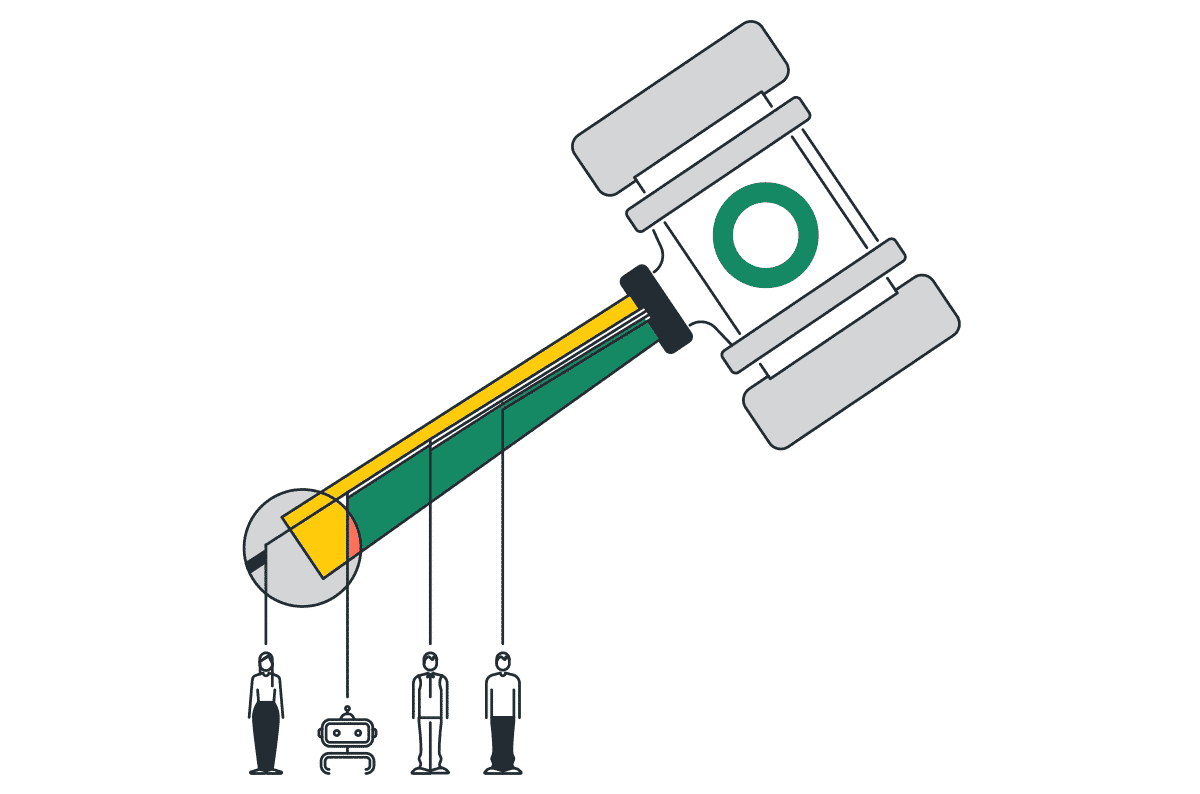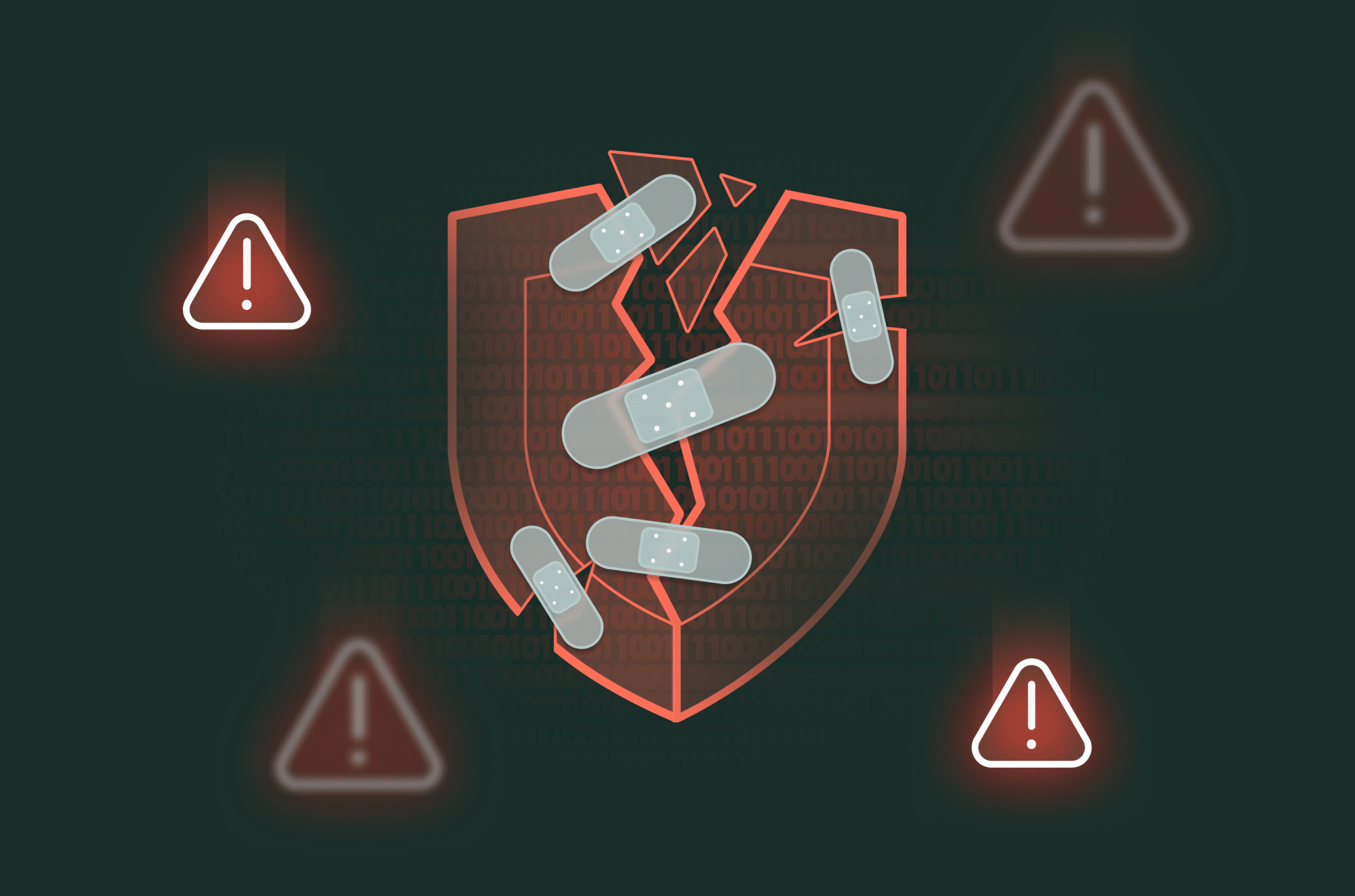Addressing Regulatory Compliance Challenges for the Distributed Enterprise

|
Listen to post:
Getting your Trinity Audio player ready...
|
Regulatory compliance is a major concern for many organizations. The risks and costs of non-compliance are numerous, including brand damage, regulatory penalties, and even the inability to perform business-critical activities, such as processing payment card data.
Digital transformation and the evolution of the regulatory landscape can pose significant compliance challenges for organizations. In most cases, the legacy security technologies designed for primarily on-prem, castle-and-moat security models are no longer enough for security. Maintaining regulatory compliance in the face of digital transformation requires security solutions designed for modern IT environments.
Companies Face Significant Compliance Challenges
Every company is subject to several regulations. Common examples include employer laws, privacy regulations (such as the GDPR), and financial regulations (such as SOX). While this has been true for some time, the complexity of achieving and maintaining regulatory compliance has grown significantly in recent years. Two of the major contributors are the changing regulatory landscape and the expansion of corporate IT networks.
An Evolving Regulatory Landscape
Within the last few years, the regulatory landscape has grown increasingly complex. Companies have long been subject to regulations such as the Payment Card Industry Data Security Standard (PCI DSS, which protects the data of payment card holders, and the Health Insurance Portability and Accessibility Act (HIPAA), a US regulation for protected health information (PHI).
However, the enactment of the General Data Protection Regulation (GDPR) within the EU has set off a surge in new data privacy laws. The GDPR defined many new rights for data subjects, and laws based upon it, such as the California Consumer Privacy Act (CCPA) and its update the California Privacy Rights Act (CPRA), implement these and other rights to varying degrees.
The patchwork of new regulations makes it more difficult for companies to achieve, maintain, and demonstrate compliance. At the same time, existing regulations, such as PCI DSS, are undergoing updates to keep up with evolving data security threats and IT infrastructure.
The Increasingly Distributed Enterprise
Regulatory compliance has also been complicated by the growing distribution of the modern enterprise. The move to cloud computing means that companies may not know where their sensitive data — potentially covered under various regulations — is being stored and processed. The growth of remote work means that employees may be downloading and processing user records in jurisdictions with different data privacy laws.
Some regulations, such as the GDPR, prohibit the transfer of constituents’ data outside of countries with “adequate” data privacy laws, a requirement that might be violated by the use of cloud computing and support for remote work. Companies may also struggle to ensure that mandatory security controls are in place for data stored on devices and infrastructure outside of their control.
It is much harder to maintain compliance with digital transformations: data is all over the place (or the world) and so are users. The way to overcome this is to use a solution that ensures that the organization has global network visibility and the ability to enforce corporate policy across its entire IT infrastructure.
Why remote access should be a collaboration between network & security | WhitepaperLegacy Remote Access Technology No Longer Works
Historically, companies have implemented a perimeter-focused security model. Initially, this ensured that traffic moving between the corporate network and the public Internet was inspected and secured. As companies expanded to the cloud and remote work, network traffic between remote sites was backhauled to a central location for inspection and enforcement before being routed to its destination.
Correctly implemented, this model may give an organization the visibility and control that it requires for compliance. However, it does so at the cost of network performance and scalability. As corporate networks expand, a growing volume of traffic must pass through the central inspection point.
Growing traffic volumes place additional strain on network and security solutions and add to the network latency impacts on cloud-based software and remote users. Additionally, as virtual private networks (VPNs), the solutions used to implement these castle-and-moat designs, lack any built-in access controls or security capabilities, centralized security architectures require multiple standalone solutions, making them complex and expensive to scale to meet demand.
Maintaining Regulatory Compliance Despite Enterprise Expansion
The limitations of VPNs and legacy security architectures have inspired the zero trust security movement. Implementing a zero trust security model at scale requires solutions capable of enforcing access controls across an organization’s entire IT infrastructure without sacrificing network performance or visibility.
The right way to accomplish this is with a zero trust architecture that is cloud-native and globally available. Cloud-native security solutions can acquire additional resources as needed, allowing them to scale with the business and growing traffic volumes. Additionally, cloud-native security services are available everywhere that an organization’s users and data are, decreasing the performance impacts of regulatory compliance and security.
With the right zero trust architecture, there is no need to compromise or balance between business growth and regulatory compliance. Strong, scalable security meets regulatory requirements, and global visibility and automated data collection and report generation simplify regulatory compliance. Security Service Edge (SSE) and Secure Access Service Edge (SASE) provide the zero trust security architecture that enterprises need to achieve regulatory compliance. By converging networking and network security functionality into a cloud-native solution, SASE moves security tools needed for dynamic regulatory compliance to the cloud.
Cato provides the world’s most robust single-vendor SASE platform, converging Cato SD-WAN and a cloud-native security service edge, Cato SSE 360, including ZTNA, SWG, CASB/DLP, and FWaaS into a global cloud service. With over 75 PoPs worldwide, Cato optimizes and secures application access for all users and locations, and is easily managed from a single pane of glass. Learn more about simplifying network security and regulatory compliance with Cato SASE Cloud by signing up for a free demo today.














